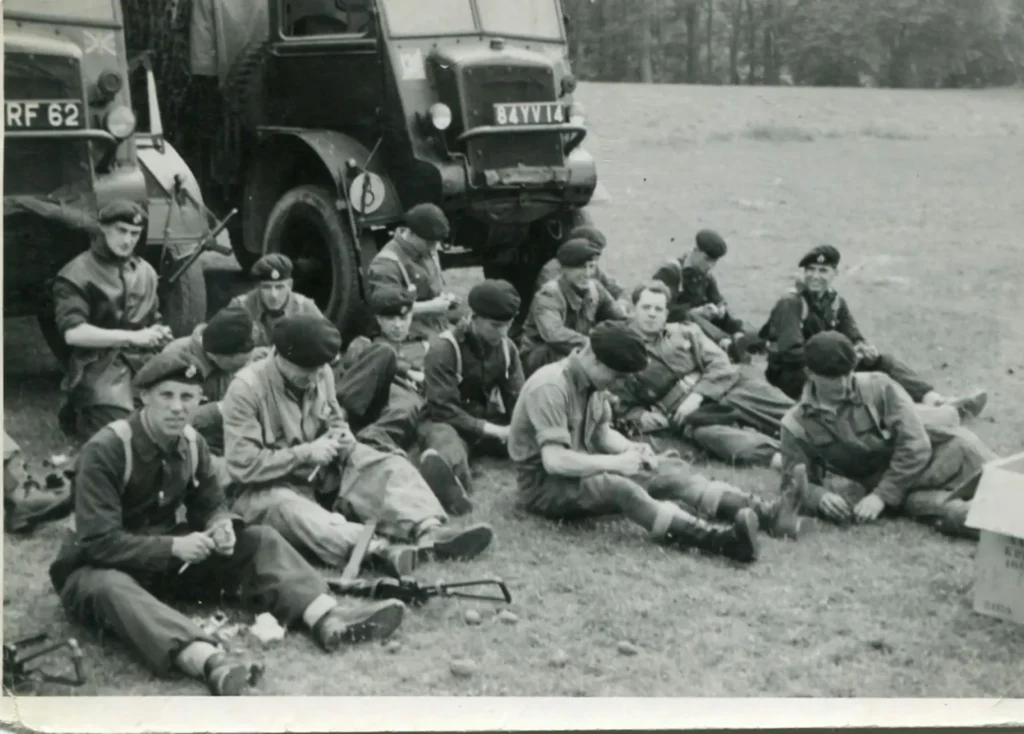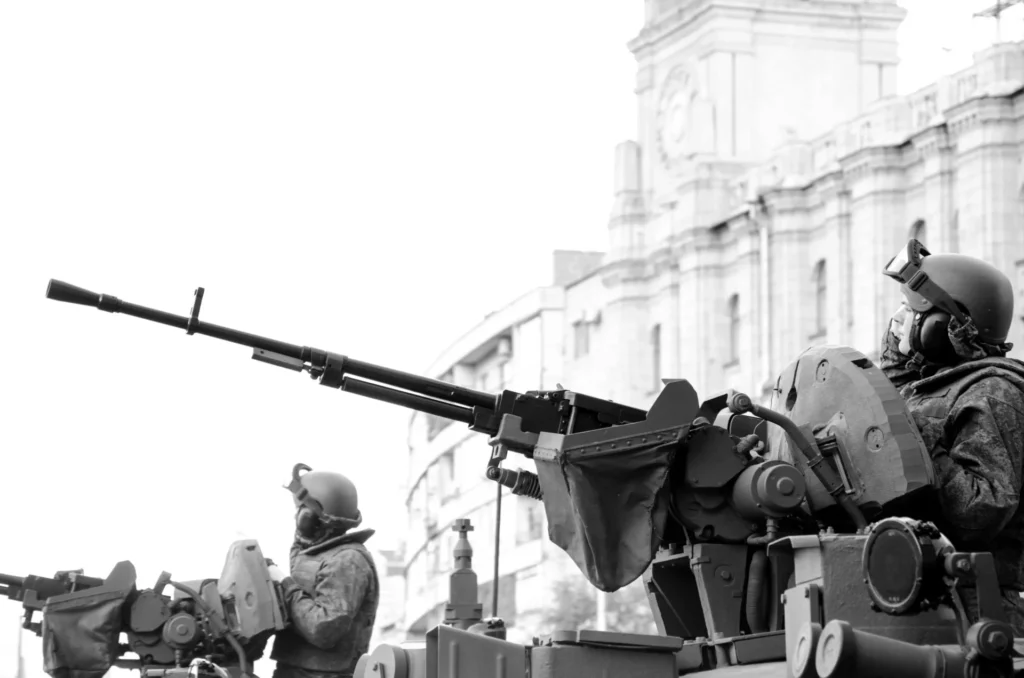When we think of World War II, images of European battlefields or the Pacific islands often come to mind. But few realize that the war also touched American soil specifically, Alaska. The Battle for the Aleutians marked one of the only times in modern history when U.S. territory was invaded. Below you will read about Alaska’s role in World War II, its strategic importance, the impact of the war on the region, and how the Aleutian Islands became a critical front line.
How Did World War II Affect Alaska?
| Impact | Details |
| Population Increase | From 72,000 (1940) to 129,000 (1950) |
| Federal Investment | Over $1.25 billion by 1945 |
| Major Infrastructure | 1,420-mile Alaska-Canada Highway |
| Military Installations | About 300 across Alaska |
World War II transformed Alaska, creating a base of military activity. From troop deployments to infrastructure projects, the war accelerated Alaska’s development and strategic importance.
Effects of World War II on Alaska:
- Population Growth: In 1940, Alaska’s population was about 72,524. By 1950, it nearly doubled to 129,000, largely due to the influx of military personnel and construction workers.
- Economic Growth: Federal spending on Alaska’s infrastructure totaled over $1.25 billion by 1945.
- Strategic Focus: Alaska became a fundamental defense point for the U.S., especially given the Japanese presence in the Aleutian Islands.
Was Alaska a U.S. Territory During WWII?
Yes, Alaska was a U.S. territory during WWII, not yet a state. The war increased awareness of Alaska’s strategic importance, ultimately influencing its statehood bid in 1959.
Role of Alaska in World War II

Alaska’s location made it a prime target for Japan and a vital point for U.S. defenses. This resulted in the Aleutian Islands Campaign, where American forces sought to reclaim Japanese-held territory on U.S. soil.
Military Operations and Troop Strength:
- At its height, over 144,000 U.S. and Canadian troops were stationed in Alaska.
- By June 1943, 45,000 troops were deployed specifically in the Aleutian Islands.
- Japanese forces initially landed 550 soldiers on Kiska, a number that later swelled to 7,200 troops and civilians during the occupation.
Significant Battle in the Aleutian Islands:
Battle of Attu (May 1943): The battle on Attu was fierce, with the U.S. deploying 11,000 troops against a Japanese force of around 2,650. This battle alone saw:
- U.S. casualties: 3,829 (549 killed, 1,148 wounded)
- Japanese casualties: 2,351 killed
| The US. Casualties | Japanese Casualties | |
| Overall Campaign | 5,000 Force | 4,350 Force |
Infrastructure Development:
To support the war effort, the U.S. government heavily invested in Alaska’s infrastructure, building roads, bases, and supply chains.
- Alaska-Canada Highway: Completed in under nine months, this 1,420-mile highway was a feat of engineering and provided a crucial supply route.
- Military Bases: Approximately 300 military installations were established across Alaska.
Notable Projects:
- Over $1.25 billion was spent on construction, contributing to Alaska’s rapid development.
- Significant airbases and naval stations were constructed, turning Alaska into a defense junction.
Air Operations:
The U.S. conducted over 500 air sorties in support of operations in the Aleutians, despite the extreme weather conditions. These sorties were vital in reclaiming territory and countering Japanese positions.
During the Kiska Blitz (June 1942): U.S. forces dropped around 65,000 tons of bombs over three days to drive out Japanese troops.
Demographic Changes and Economic Impact:
With the influx of military and construction personnel, Alaska’s population and economy grew dramatically.
Population Growth by Region:
- Anchorage: Increased from 3,000 to 47,000.
- Fairbanks: Grew from 4,000 to nearly 20,000.
Strategic Importance of the Aleutian Islands:
The Aleutian Islands, a 1,200-mile chain off Alaska, were important for U.S. defenses and as a Japanese target.
- The occupation of Kiska and Attu was the first invasion of U.S. territory since 1812, highlighting Alaska’s vulnerability.
- The successful U.S. and Canadian Operation Cottage to reclaim Kiska involved 34,400 troops and marked a significant victory, even though Japanese forces had evacuated days prior.
Final Words
Alaska’s role in World War II was both defensive and strategic, shaping the territory’s infrastructure, economy, and identity. From military operations and infrastructure development to playing a part in the Lend-Lease Act, Alaska proved to be a required defense point and became a significant part of America’s war effort in the Pacific.
FAQs
1. Why was Alaska significant in World War II?
Alaska’s strategic location made it essential for defending the U.S. against Pacific threats, leading to its development as a military base and involvement in combat.
2. How many American troops were stationed in Alaska during WWII?
Over 144,000 troops were stationed in Alaska, with around 45,000 deployed in the Aleutian Islands.
3. What was the outcome of the Aleutian Islands Campaign?
The U.S. reclaimed Kiska and Attu, marking the end of Japanese occupation in Alaska and reinforcing U.S. control in the region.
4. How did WWII impact Alaska’s population?
The war led to a population surge, nearly doubling from 72,000 in 1940 to 129,000 in 1950, due to the influx of military and construction workers.
5. What infrastructure was developed in Alaska during WWII?
Key projects included the Alaska-Canada Highway, over 300 military installations, and significant air and naval bases, transforming Alaska’s infrastructure.










